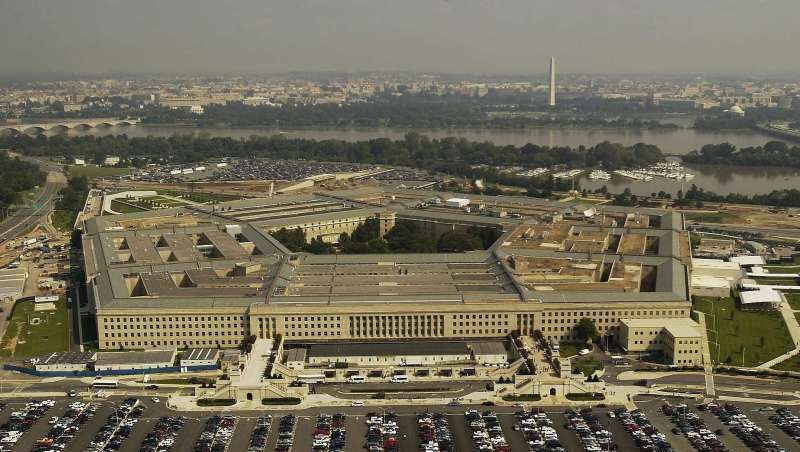
Jon Kosloski will serve as the next director of the Defense Department’s (DoD) All-domain Anomaly Resolution Office (AARO), the Pentagon said in an Aug. 26 release.
AARO investigates UFOs and other unidentified anomalous phenomena (UAP) – which are “effectively and efficiently detected, tracked, analyzed, and managed by way of normalized DoD, Intelligence Community and civil business practices,” according to the DoD.
Kosloski is arriving at the DoD under detail from the National Security Agency (NSA).
A graduate of NSA’s Cryptanalysis Development Program, Kosloski previously held “technical and leadership positions within the Research Directorate” of NSA where he led advanced networking and computing mission-oriented research, served as a Free Space Optics expert, and advised “various DoD agencies,” the Pentagon said.
“Jon possesses the unique set of scientific and technical skills, policy knowledge, and proven leadership experience required to enhance AARO’s efforts to research and explain unidentified anomalous phenomena to the Department, Congress, and the American people,” said Kathleen Hicks, Deputy Secretary of Defense.
Sean Kirkpatrick, the former and first director of AARO, retired from Federal service in December 2023. He now serves as the chief technology officer for Defense and Intelligence Programs within the National Security Sciences Directorate of Oak Ridge National Laboratory.
Timothy Phillips has been deputy director of AARO since October 2023.
Kosloski will lead DoD’s combined efforts with the Intelligence Community to “minimize technical and intelligence surprise by synchronizing scientific, intelligence, and operational detection, identification, attribution, and mitigation” of UAP, the defense agency said.
Within these efforts, the AARO will examine U.S. government historical records that relate to UAP and declassify UAP-related documents to the “greatest extent possible,” DoD said.
Kosloski received his bachelor’s degrees in mathematics and physics from California State University, San Bernardino, and received a Ph.D. in electrical engineering from Johns Hopkins University.
